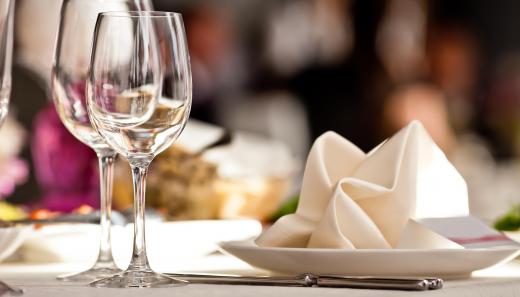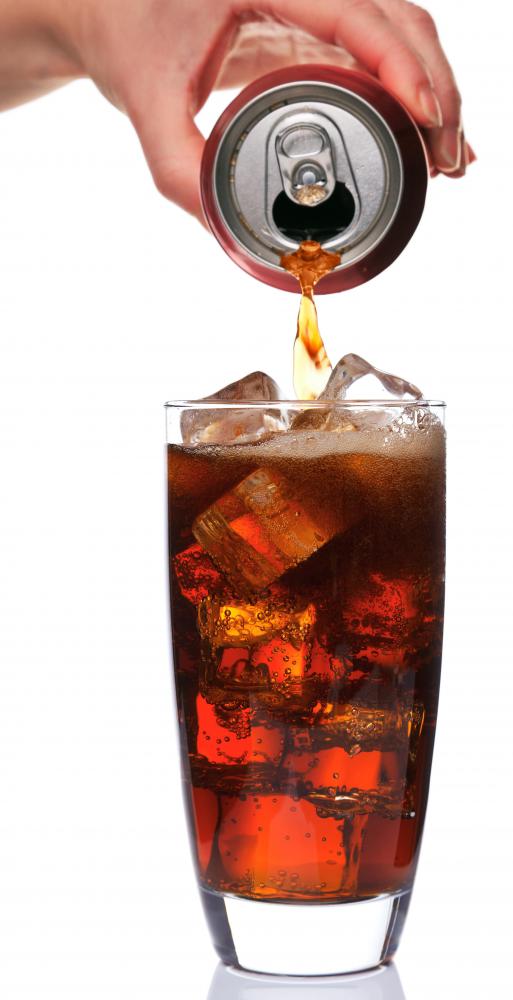What is a Deciliter?
 Mary McMahon
Mary McMahon
The deciliter is a unit of volume measurement used in the metric system. It is equal to one tenth of a liter, or about 3.3 fluid ounces. It should not be confused with the decaliter, which is equal to 10 liters, a substantially different volume measurement. The measurement can crop up in a variety of settings, most commonly in recipes from countries which use the metric system, and in some bars, where it may be a drink size.
While not officially part of the International System of Units (SI), the liter, deciliter, and related measurements are often used in countries that use this system. Under the metric system and the SI system, base units of measurement are scaled up and down with magnitude modifiers, as seen with the meter, centimeter, millimeter, and so forth. Likewise, the liter is used as the base unit for volume measurements, usually with liquids or substances that are sold by volume in containers, such as berries.

This unit of measurement is abbreviated as dl or dL, in contrast with the decaliter, which is written as dal or daL to avoid confusion. Additional units of volume measurement using the liter as a base include the centiliter, milliliter, hectoliter, kiloliter, and beyond. These prefixes are used throughout the SI system for consistency, and are designed to create a standardized and uniform language for talking about measurements.

In many nations, liquids sold by volume will be measured in various forms of the liter. For example, soft drinks might be sold in deciliter measurements, as might things like flavoring syrups. Bars, coffee shops, restaurants, and so forth may also give their menu items listed this way. For people accustomed to other systems of measurement who are traveling, it can be a good idea to take along a conversion table to reference, although some establishments will be happy to show someone the container used for measuring so that they can get a visual idea of how much it holds.
Converters are available on many websites for people who are not accustomed to measuring in deciliters. People can usually convert between these units and cups, ounces, and other units of volume measurement for convenience. This can be an especially fraught problem with recipes, as some nations give measurements by volume, while others give measurements by weight, and some will mix both values. For example, a recipe may call for fluids in liters and solids in grams.
AS FEATURED ON:
AS FEATURED ON:












Discussion Comments
@allenJo - Yes, I lived overseas for quite some time, in a developing nation. Even they were using the metric system. I would see bottled drinks sold in liters and small liquid containers packaged in deciliter units. I think they completely followed Europe in their measurement system.
Frankly, the old English system of feet, pounds and miles has never made much sense to me. It’s not consistent.
At least when you go from deciliter to liter or the other way around, you’re going in even increments of ten, which is fairly intuitive I would think and easier to grasp. Going from feet to yards, by contrast, seems almost arbitrary.
Even in the United States, I’ve noticed the metric system slowly making its way into our life and educational institutions. I helped my daughter with her physics homework and all of the measurements were in the metric system.
For comparison, some exercises had both measurements, like stating meters and feet or yards, or kilometers and miles. The textbook would have measurement conversion tables to make it easier for students going from one system to another.
I think that for all practical purposes, the metric system has become the de facto unit of measurement in the sciences.
Post your comments